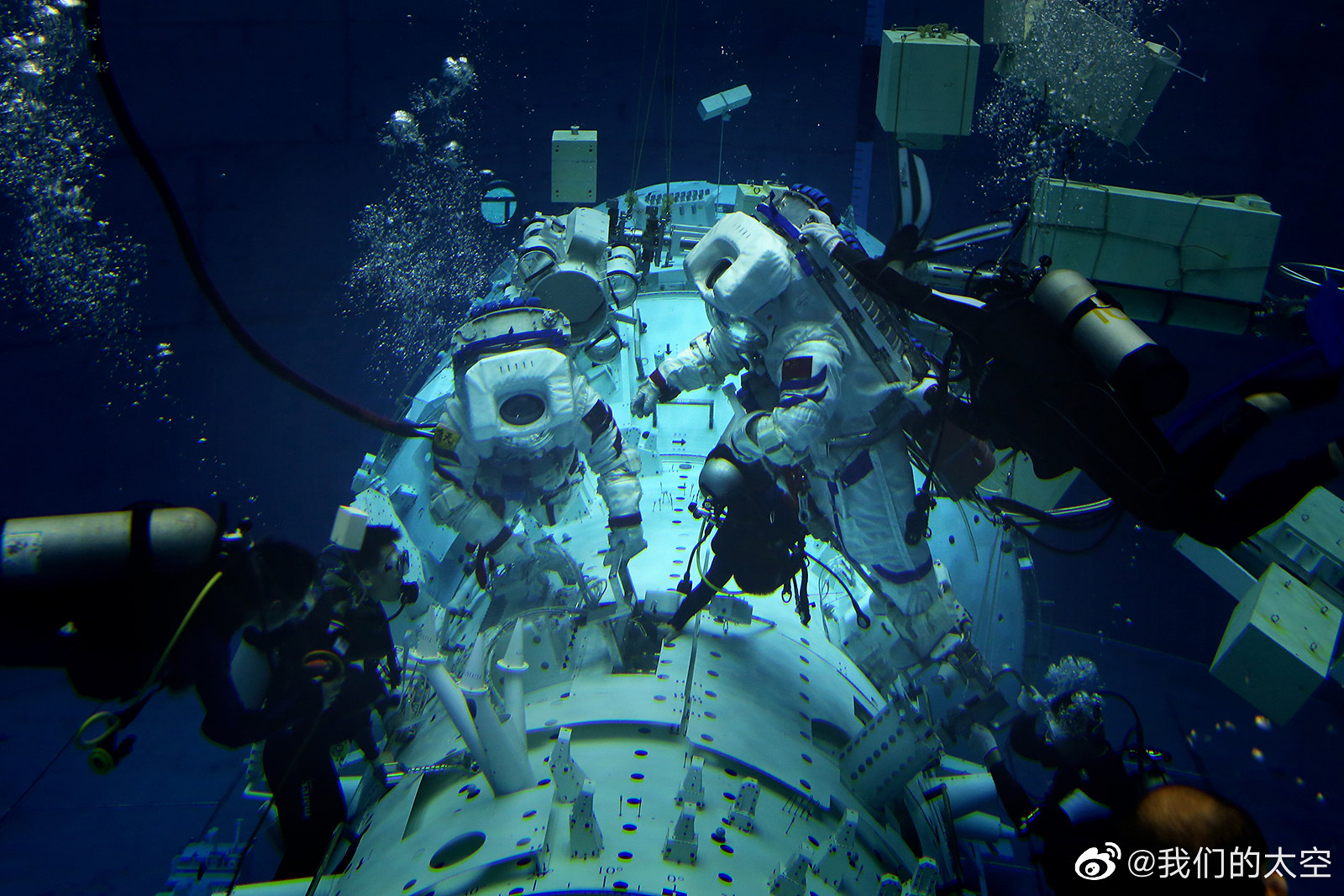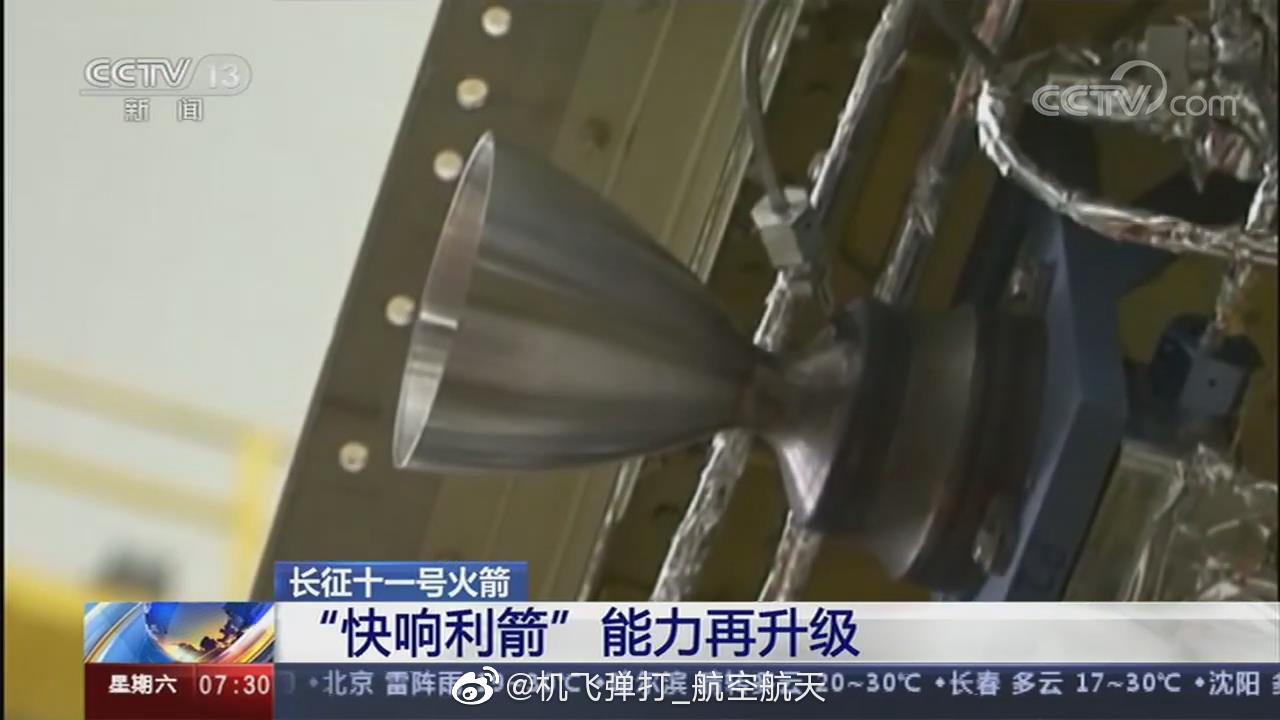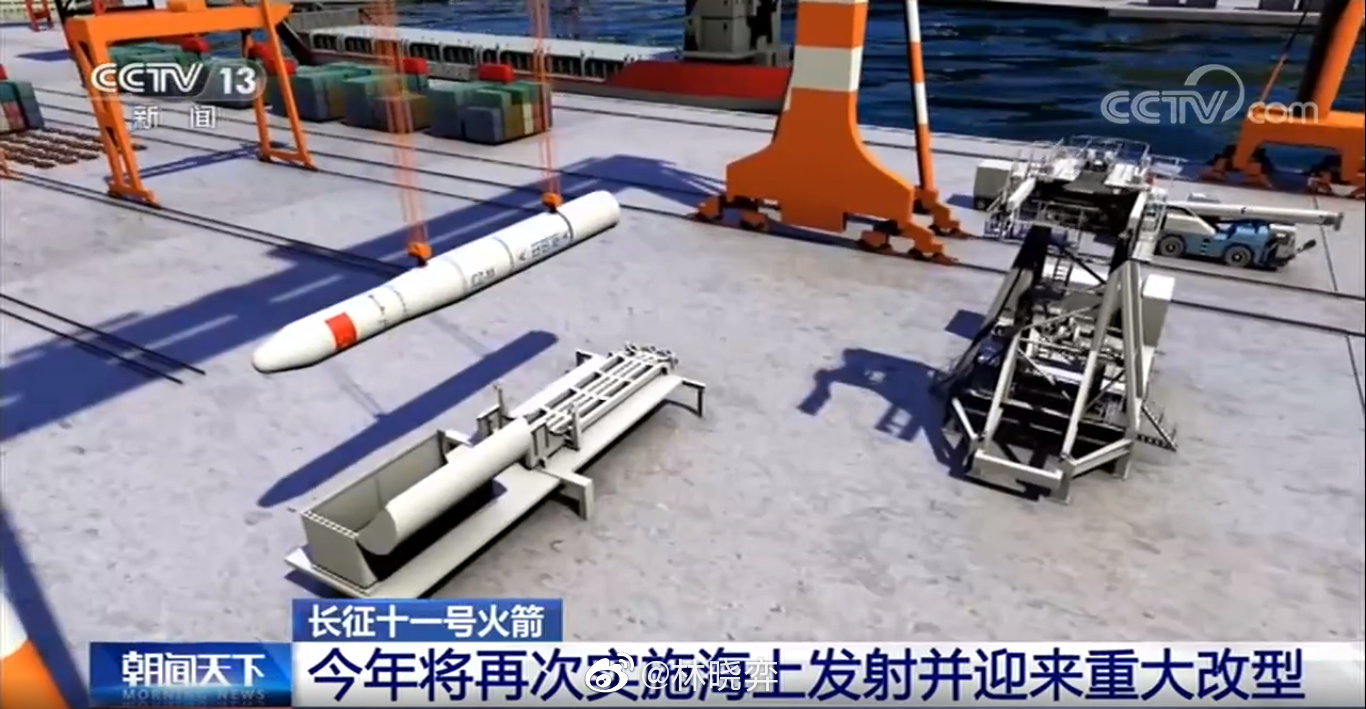You are using an out of date browser. It may not display this or other websites correctly.
You should upgrade or use an alternative browser.
You should upgrade or use an alternative browser.
China's Space Program News Thread
- Thread starter crazyinsane105
- Start date
- Status
- Not open for further replies.
by78
General
Continued...




This last one is a poster. The caption says "two years, 11 missions", meaning the new space station will take 11 missions over a span of two years to assemble. The crew for the first four missions have been selected. A new round of astronaut selection will be completed around July of 2020. Preliminary designs for the Wentian and Mengtian experiment modules are underway. The core module assembly has finished.





This last one is a poster. The caption says "two years, 11 missions", meaning the new space station will take 11 missions over a span of two years to assemble. The crew for the first four missions have been selected. A new round of astronaut selection will be completed around July of 2020. Preliminary designs for the Wentian and Mengtian experiment modules are underway. The core module assembly has finished.

Last edited:
by78
General
China is developing a compact nuclear reactor for her space program. Per an announcement on the official military acquisition website, the design project for a "Stirling Integrated Micro Reactor Program" is inviting participants.
Below are screen captures of the announcement:


Here's the text of the annoucement:
斯特林一体化微型反应堆方案优化设计军工公告
一、采购清单可靠性/测试性/维修性
二、主要内容标题:斯特林一体化微型反应堆方案优化设计
场次号:XJ020052600043
询价开始时间:2020-05-2709:52:12
询价结束时间:2020-06-0409:52:12
参与方式:非定
向询价出价方式:一次性
出价发布单位:北京卫星环境工程研究所
最终用户:北京卫星环境工程研究所
操作员:杨艳斌
联系人:杨艳斌
联系方式:15901088750
付款方式:
附件:详见航天电子采购平台
备注:无。
三、响应方式有意参加本项目的企业,请与本公
15:48:28
Google Translation:
Announcement on Optimal Design of Stirling Integrated Micro Reactor Program
1. Reliability / testability / maintenance of purchase list
2. Main content title: Stirling integrated micro-reactor scheme optimization design
Published by: China Aerospace Science and Technology Corporation 2020-05-26 15:48:28
Below are screen captures of the announcement:


Here's the text of the annoucement:
斯特林一体化微型反应堆方案优化设计军工公告
一、采购清单可靠性/测试性/维修性
二、主要内容标题:斯特林一体化微型反应堆方案优化设计
场次号:XJ020052600043
询价开始时间:2020-05-2709:52:12
询价结束时间:2020-06-0409:52:12
参与方式:非定
向询价出价方式:一次性
出价发布单位:北京卫星环境工程研究所
最终用户:北京卫星环境工程研究所
操作员:杨艳斌
联系人:杨艳斌
联系方式:15901088750
付款方式:
附件:详见航天电子采购平台
备注:无。
三、响应方式有意参加本项目的企业,请与本公
15:48:28
Google Translation:
Announcement on Optimal Design of Stirling Integrated Micro Reactor Program
1. Reliability / testability / maintenance of purchase list
2. Main content title: Stirling integrated micro-reactor scheme optimization design
Event number: XJ020052600043
Inquiry start time: 2020-05-2709: 52: 12
Inquiry end time: 2020-06-0409: 52: 12
Participation method: Indefinite
Inquiry bid method: one-time
Bid release unit: Beijing Satellite Environmental Engineering Research Institute
End user: Beijing Satellite Environmental Engineering Research Institute
Operator: Yang Yanbin
Contact: Yang Yanbin
Contact: 15901088750
Payment method:
Attachment: see the aerospace electronic procurement platform for details
Remarks: None.
3. Response Method Enterprises interested in participating in this project, please contact this publicPublished by: China Aerospace Science and Technology Corporation 2020-05-26 15:48:28
China has conducted the first launch of its solid-fuelled quick-reaction Long March-11 launch vehicle from the Xichang Satellite Launch Center on Thursday. Carrying two new technology test satellites, Xinjishu Shiyan-G and Xinjishu Shiyan-H, the launch took place at 20:13 UTC.
The new technology test satellites were developed by the Shanghai Institute of Microsatellite Innovation, the Chinese Academy of Sciences (Xinjishu Shiyan-G), and the National University of Defence Technology (Xinjishu Shiyan-H).
As with the previous satellites, the new satellites will be used to carry out inter-satellite link networking and new ground observation technology tests in orbit.
Previous satellites in the series were launched on February 19, 2020. That mission orbited four satellites – named Xinjishu Shiyan-C to F, XJS-C and D – made by SAST, XJS-E by the Harbin Inst of Tech. and XJS-F by CAST’s DFH Satellite Co., Ltd. (DFHSat).
When the launch was first announced, it was noted the launcher would use a 2.5-meter-diameter fairing for the first time and that would use a highly integrated and highly intelligent information launch platform, with the rapid launch capability reaching a new level of development.
by78
General

CZ-11 features reverse-thrusters for stage separation. Here's an explanation from NASA on this subject:
"Thrust reversal has been used successfully to separate the stages of vehicles having solid-propellant motors. Thrust reversal is a simple concept in which a portion of the exhaust gases are directed forward through ports to overcome primary nozzle thrust. The reverse-thrust ports are located in the side of the rocket, usually toward the front, with their thrust axes inclined forward. The port closures are blown open at a predetermined time of flight or vehicle velocity. The ports are designed to cancel primary nozzle thrust or to provide a small net amount of reverse thrust to achieve a relative separation velocity between the separating stages. It is necessary that the thrust reversal occur in the proper sequence with stage separation, and with ignition of the motor of the continuing stage..."




- Status
- Not open for further replies.














